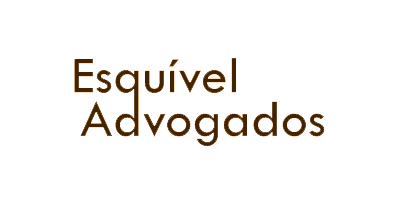What is e-learning localization?
To put it succinctly, localizing content means adapting it for an audience that is located elsewhere. It follows then that e-learning localization means taking pre-existing e-learning material, and tweaking it so that it feels made on purpose for a foreign audience.
Let’s make this more concrete with an example.
Suppose you own a French company, and that your company offers employees an interactive course on how to operate specific software. Now suppose your company has opened a branch in Myanmar, and that you want to offer your Burmese employees training on that software.
What do you do? Do you create a course for them from scratch? No — you already have the course. All you need to do is have it translated into Burmese, right?
Not quite. Yes, you can probably use the course you already have. But just translation won’t cut it. In order to offer your Burmese team the best learning experience, you have to adapt the course content so that every aspect of it is immediately understandable and familiar to them.
For instance, did you know that in Myanmar, most people don’t have a family name? So if the original course requires logging in with first name and surname, you should adapt the login page, so that in the localized course “surname” is not a required field. This will not only make it easier for your Burmese team to create their user accounts — it will also make them feel more comfortable with your platform.
Also, if the original course refers to measurements, the localized course will not use the International System of Units, but the Burmese measurement system instead. If the original course includes any images with French text, that text must be translated into Burmese. And so on.
Is it important to localize e-learning content?
As the example above shows, e-learning localization is all about making the e-learning interface respectful, familiar and intuitive to the foreign learner. This allows him to focus on what he’s supposed to learn, with no distraction from unfamiliar elements that he must make an extra effort to ignore or to understand.
And when you offer e-learning materials to anyone — be they your foreign employees, your customers abroad, your partners from overseas, or anyone else — it’s because you want to help them learn something. You want to make that learning process as easy and quick as possible for them.
So, while translation does have its role, it’s clearly not enough —localization is important because only it can eliminate unnecessary friction and offer learners the best e-learning experience.
What elements of e-learning can be localized?
Anything included in e-learning material which is specific to a culture or country can be localized. And this includes more elements than you might think of at first. For instance:
- Images - you want Burmese, not French-looking people, in your localized course from the previous example.
- Colour schemes - the same colour can be perceived very differently in an Eastern and a Western country. And even within Europe for instance, where the understanding of individual colours is largely the same, some colour combinations can vary in meaning. If you were offering e-learning to Ukrainians right now, you would want to avoid a combination of blue, white and red, which evokes the Russian flag and might be hurtful and disturbing.
- Dates - is it day/month/year for your target audience, or the reverse? Or month/day/year?
- Times - does your target audience write “3 p.m.”, “3 in the afternoon”, “15h”...?
- Calendar - for instance, some Islamic countries, like Iran, use the Islamic calendar, so years, months and days are all different from the Western calendar.
Other elements that can be country-specific:
- Acronyms and abbreviations
- Fonts
- Acceptable levels of informality and formality
- Greetings (these can vary even among countries that speak the same language)
Do you need help localizing your e-learning content?
Successful e-learning localization requires the committed work of native-speaker language professionals who can do translation, transcreation, subtitling, dubbing and design — among others. And those are the people we have on our team at Upwords.
We are a translation company with passion and experience in helping our clients localize their e-learning content for foreign audiences. If you need help localizing yours, we’d love to work with you.




























